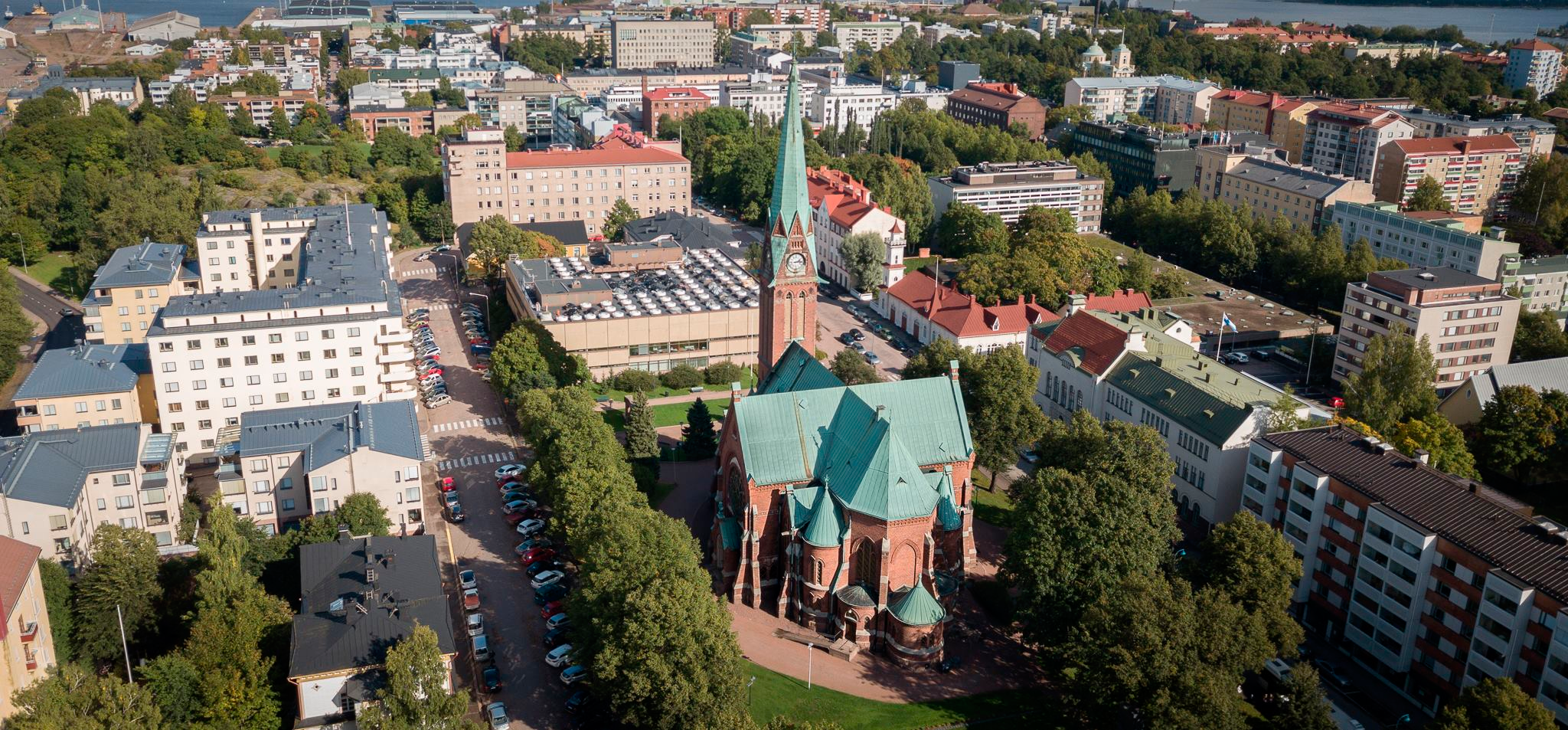
Designed by architect Josef Daniel Stenbäck in 1898, Kotka Church is located in the town centre. The red-brick, Gothic Revival church tower reaches a height of 54 metres.
The church has very impressive stained glass windows on either side of the altar, and rose windows consisting of more than 2,000 pieces of glass. Its altarpiece, by artist Pekka Halonen, is called Tietäjien kumarrus (“The Wise Men’s Bow”).
The new organ in Kotka Church was consecrated to commemorate the church’s centenary during advent in 1998.This 44-register organ represents the tradition created by German organ master Gottfried Silbermann.
1999 saw the completion of an extensive refurbishment and repair project, after which the building regained its original appearance both inside and outside. The church’s original colour, complete with graining and lavish gilding, was also restored.
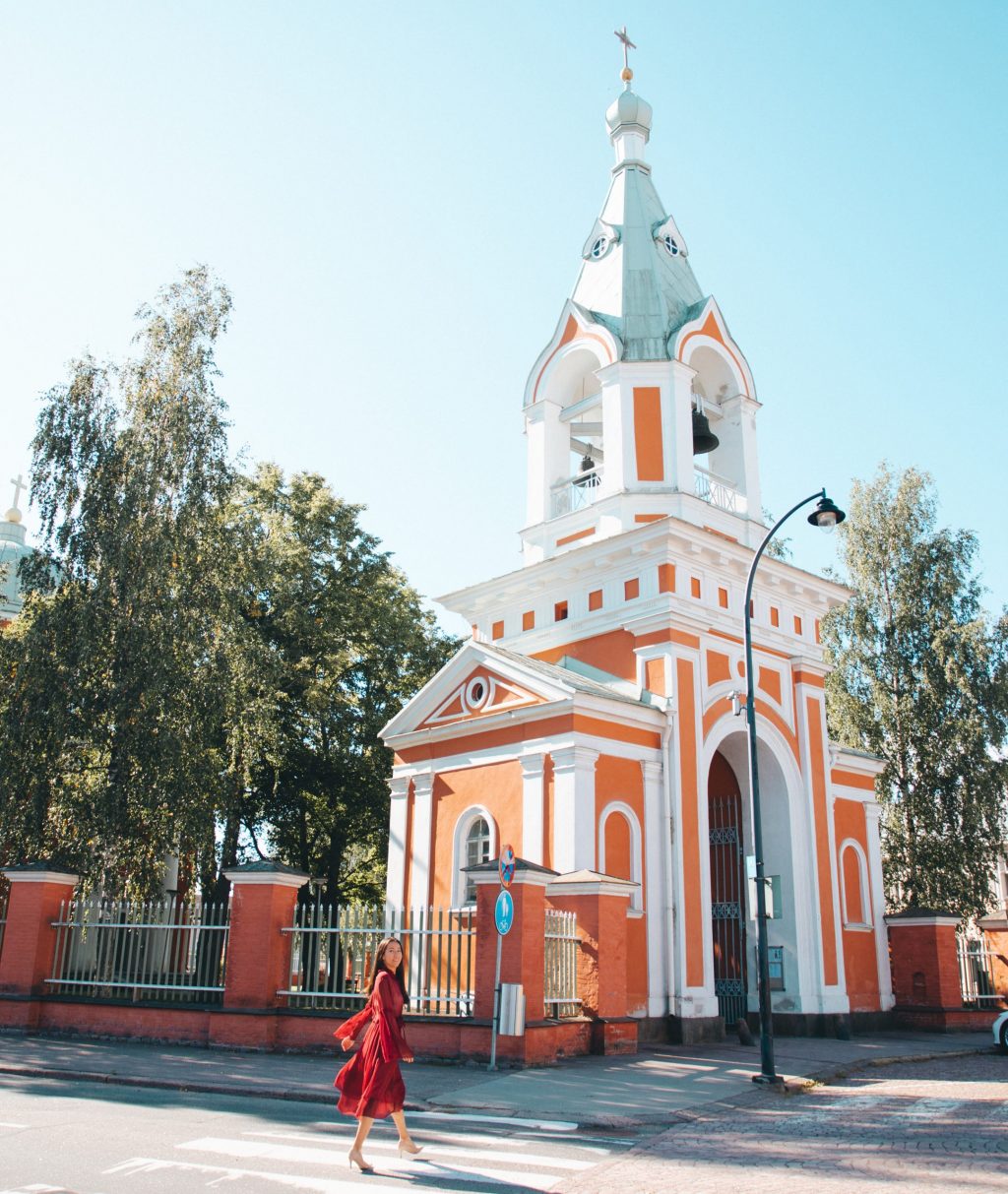
Hamina Orthodox Church of St. Peter and Paul is the main church of the Hamina Orthodox Parish. Representing neoclassicism with Byzantine design elements, the church was built between 1832 and 1837, while the neo-Byzantine clocktower was built in 1862. The church has a round exterior, but its church hall is cross-shaped.
The medieval Pyhtää Church of Saint Henry is located where a branch of the Kymi river meets the road from Turku to Vyborg (known as the King’s Road). The church was built around 1460. Its original medieval form has remained almost untouched, while the interior houses interesting details. The northern wall of the church has an impressive painting of St. Christopher, the patron saint of all travellers.
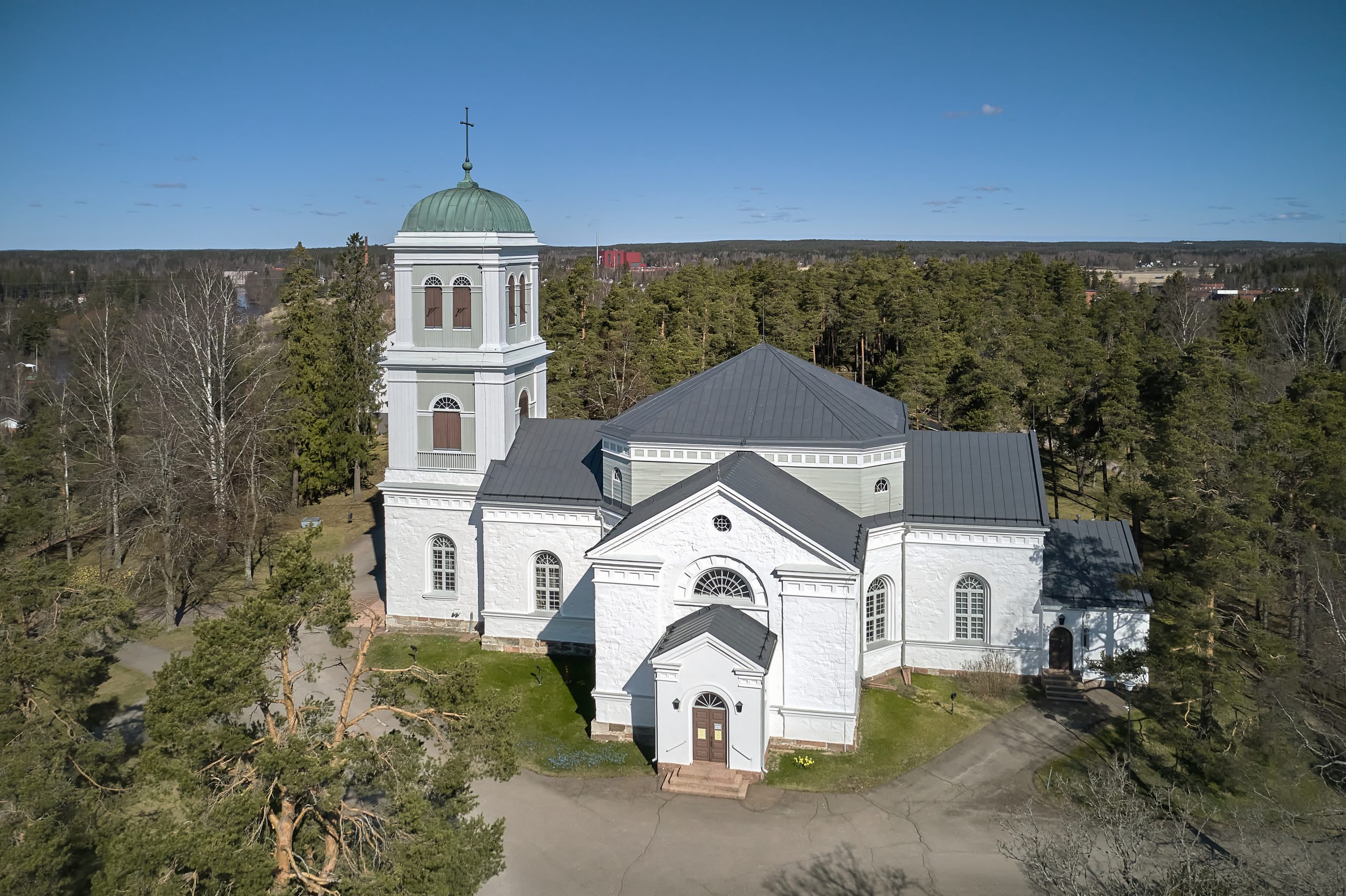
Kymi Church is the second-oldest building still in use. It was completed in 1850 and consecrated in Midsummer 1851. The church was built according to a type drawing created by C.L. Engel. Made of wood and stone, the church is a pure example of neoclassical Empire style, with the colours planned by Engel.
The church hall has plenty of interesting details. For example, the chandeliers from 1790 and 1814 are made of Bohemian crystal. The altarpiece, Jesus in Gethsemane, was painted by Professor Berndt Godenhjelm in 1865. The large candlesticks made of glass are a gift from employees of the Karhula Glass Factory in 1901.
The oldest tombstones in the old part of Kymi cemetery are from the early 19th century. Beautiful tombstones in Finnish, Swedish, German and Russian provide a glimpse of the families that shaped the local history of Kymi.
Kymi Church is included in the nationwide chain of roadside churches www.tiekirkot.fi/english/
This medieval stone church dedicated to St. Mary was built in its current location before 1396. It has been destroyed and rebuilt many times, so very little remains of the original paintings and artefacts.
The church gained its current appearance when it was restored in line with drawings by architect C.L. Engel after the Hamina fire of 1821. The latest renovation was completed in 2013 – the idea was to restore some of the 19th-century spirit covered over by the 1963 renovation.
Ecclesiastic artefacts that have survived since the 18th century and thereafter are on display in the museum room in the southern wing.
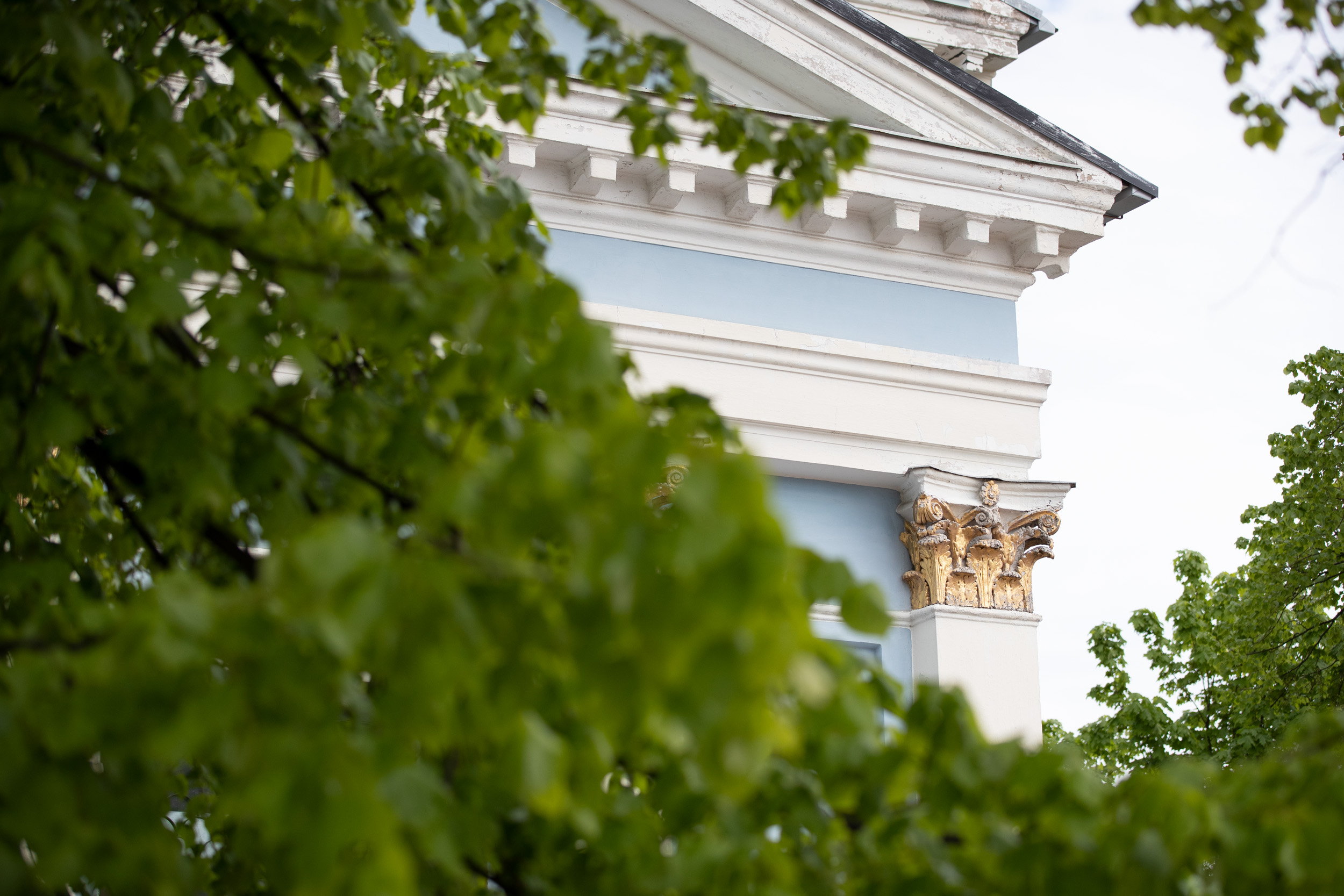
St. John Church is exceptional among the churches in the Hamina Town Hall Square. The first two, Ulrika Eleonora Church and Elisabeth Church, were destroyed beyond repair – the Ulrika Eleonora Church in 1742, only ten years after its completion, and Elisabeth Church in the Hamina fire of 1821. These churches stood on the opposite side of the Town Hall Square to where the Orthodox church is now. The current location of St. John Church used to be the Commandant’s House, in which the Treaty of Hamina was concluded in 1809.
Designed by C. L. Engel, St. John Church was consecrated on Midsummer Day 1843, and originally served Hamina’s Swedish-speaking population. The altarpiece was painted by B. A. Godenhjelm. Godenhjelm first worked as a deputy judge, but then became a painter and was one of the most prominent altarpiece painters of 19th century Finland. The oldest object in the church is a Bible from 1703.
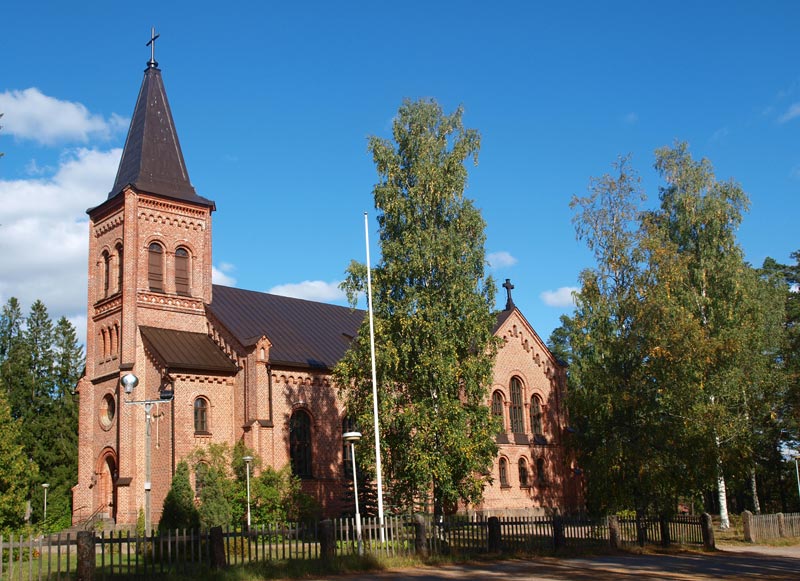
Miehikkälä Church was consecrated in November 1881. Built from uncovered bricks, the architecture combines Gothic Revival and other styles of the late 19th century. Construction began in 1879 and the church was completed in two years, almost exclusively by volunteers.
The original organ, made by the Zachariassen Organ Factory in 1895, was replaced by an organ with 16 registers in 1980. Ten registers from the old organ were used for the new one, and the organ facade was retained.
Did you find what you were looking for?